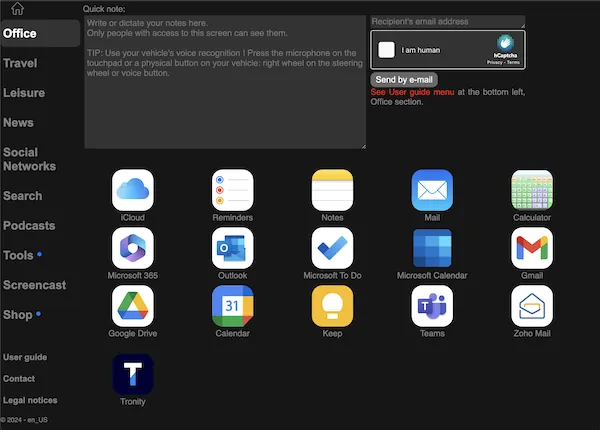
Although batteries and supercapacitors both store electrical energy, they do so in very different ways that bestow them with complementary characteristics. In a nutshell, batteries store energy chemically and offer high energy density (measured in Wh/litre) while supercapacitors store energy in electric fields and offer high power density, measured in kW/litre. More…
Author: E-Mobility Engineering
Novus urban e-bike nears production
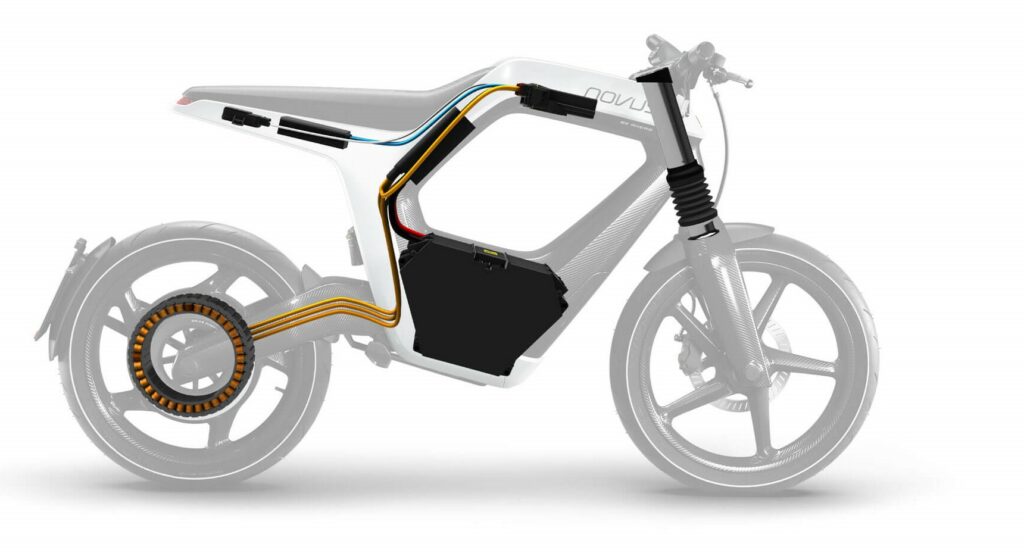
With an initial price of around €30,000, the Novus e-bike is aimed at people who want to make a statement about their embrace of ‘green’ technology rather than those who simply need practical urban transport (writes Peter Donaldson). However, the 30 kW, 400 Nm, 85 kg, all-composite two-wheeler, which was on display at the Battery […] More…
All-electric Rolls-Royce Spectre undergoes testing on the French Riviera

Over the past few months, Rolls-Royce’s Spectre testing and development engineers have shifted their focus from the extreme conditions of Arjeplog, Sweden, to the French Riviera. The Spectre will be driven a total of 625,000 km around the Cote d’Azur. The testing is split into two phases, beginning at the Autodrome de Miramas proving ground, […] More…
BorgWarner installs first Iperion 120 fast chargers
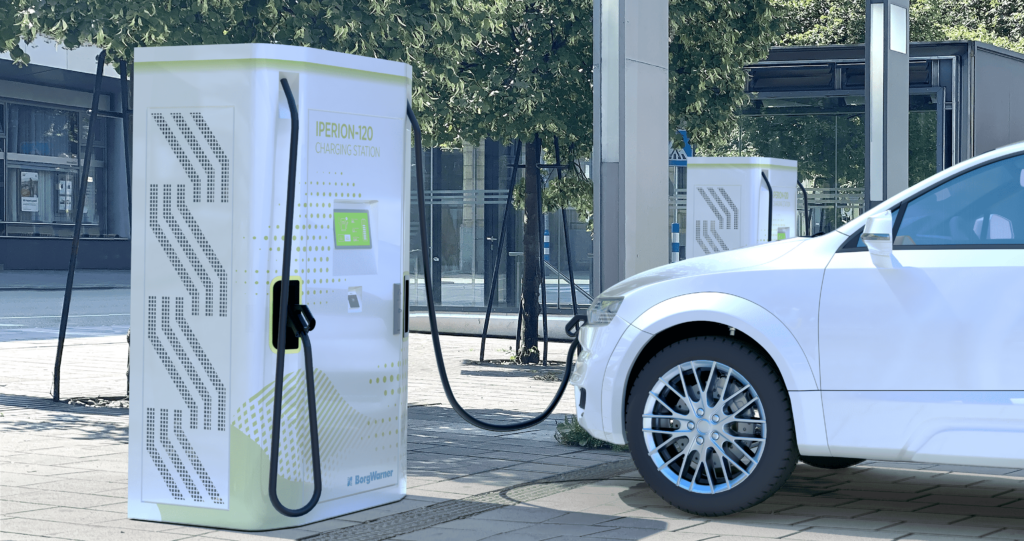
In-field analysis, along with a deep knowledge of the power electronics components, enabled BorgWarner Systems to get full power in high ambient temperatures from its new Iperion 120 rapid charger during the initial installation programme in northern Italy, where the first units are in operation (writes Peter Donaldson). “In the northern part of Italy the […] More…
InoBat Auto
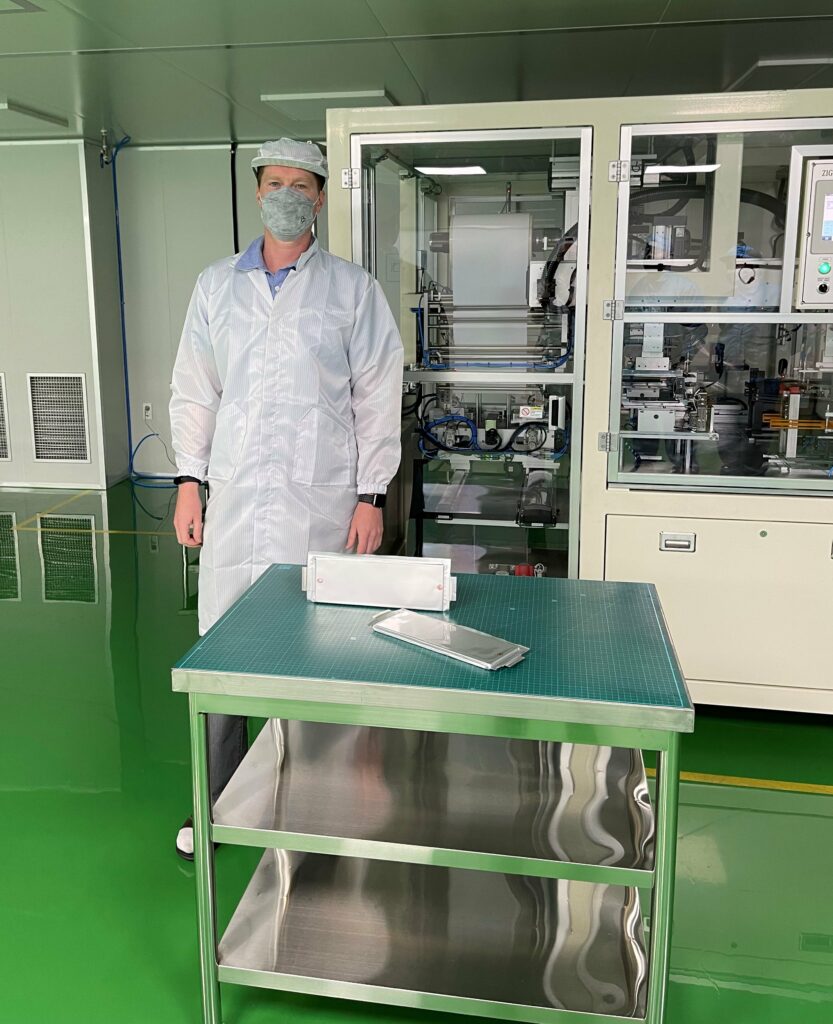
Rapid development of innovative new cell technologies and a focus on tailoring chemistries to maximise the effectiveness of individual applications are at the heart of InoBat Auto’s approach to EV battery development. More…
Elaphe’s approach to in-wheel motor development
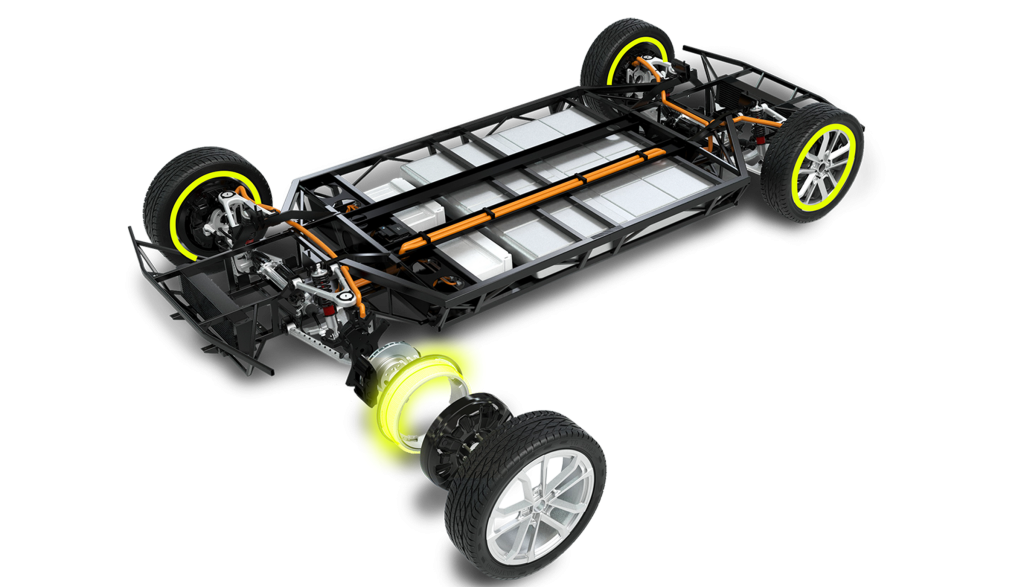
Specialising in complete in-wheel electric powertrains, Elaphe’s development roots go back to the late 1980s (writes Peter Donaldson). However, the company was only officially founded 16 years ago, to pioneer in-wheel motors and multiple-wheel drive control systems, which it has evolved into a complete technology platform. “One of the most important things for us in […] More…
Wax works well for conducting heat
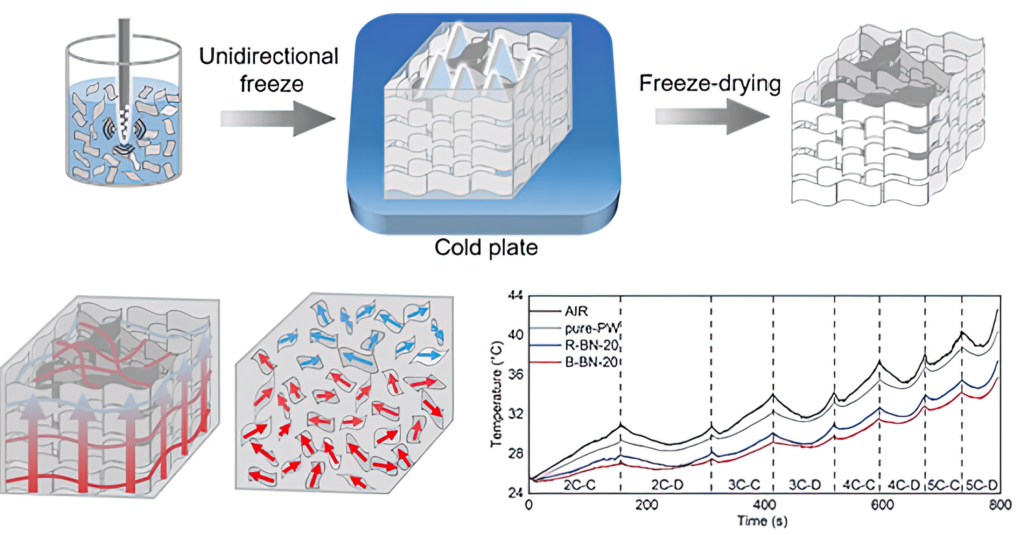
Researchers in the US and China have developed an economic but efficient battery thermal management strategy using paraffin wax (writes Nick Flaherty). The 3D, interconnected, thermally conductive boron nitride network greatly improves thermal conductivity compared to random distribution. “We designed a 3D network of boron nitride, and systematically studied its effect on the thermal management […] More…
Everrati launches new division for high-end customers
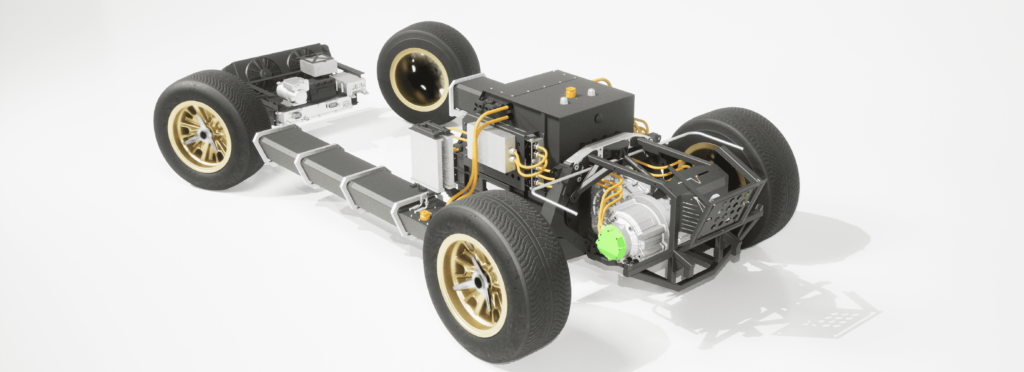
Everrati has announced a new division dedicated to specialist and luxury low-volume EV design and manufacture for third-party commercial customers. The division, Everrati Advanced Technologies (EAT), will provide specialist and luxury vehicle customers ranging from start-ups to established brands with any level of electrification support, from concept to complete turnkey vehicle solutions. The company says […] More…
Protecting electric ships with rapid DC switching
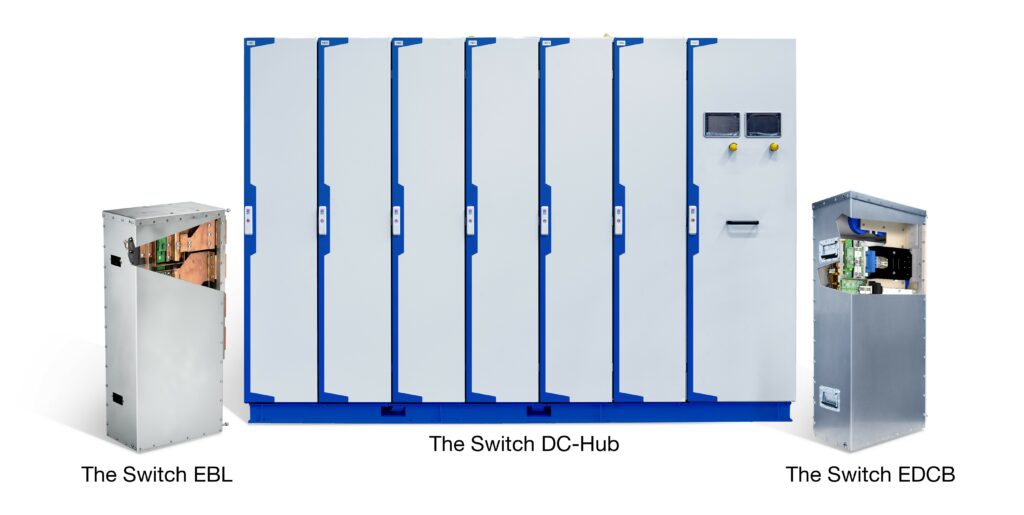
Potentially critical faults in the high-power DC powertrains increasingly found in ships, particularly ferries, must be isolated as quickly as possible to minimise damage and allow the rest of the system to continue operating as normal (writes Peter Donaldson). Key to this is the application of solid-state power electronics in the form of switches based […] More…
Battery Monitoring
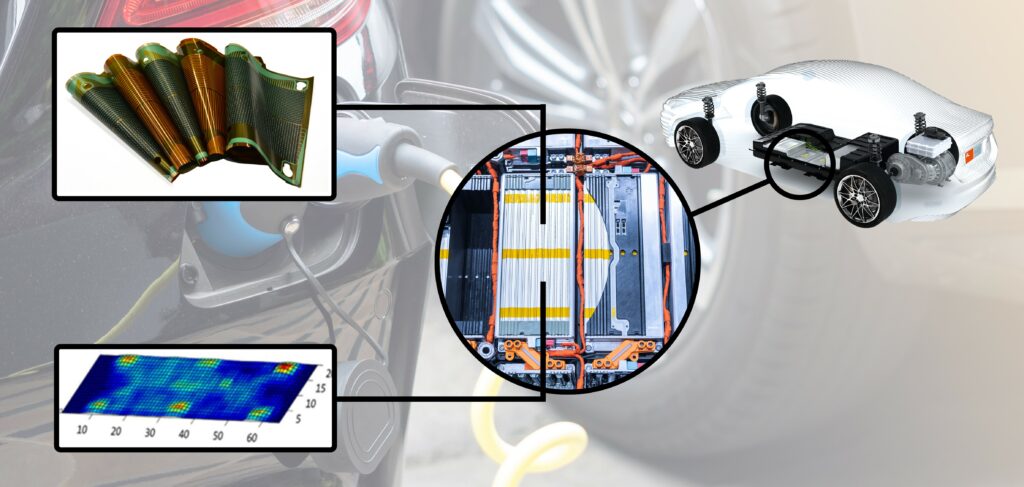
Monitoring the performance of battery cells in a pack is pushing the limits of technology in many ways. Increasing the accuracy and reliability of the monitoring in the hostile environment of a battery pack, at voltages of more than 800 V and fluctuating temperatures, is a considerable challenge. More…
Lotus gives update on LEVA platform
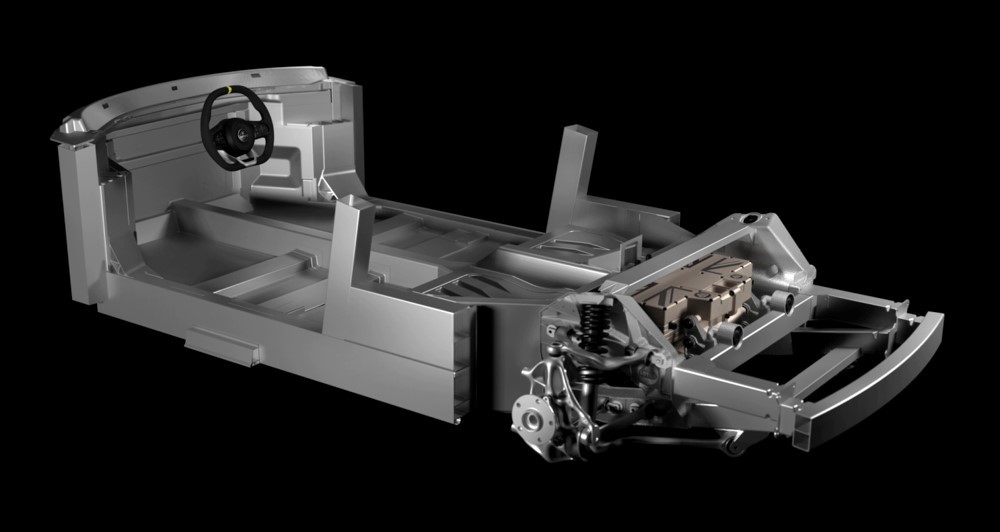
Lotus has openly said that its latest sportscar, the Emira, will be its last mainstream model with an IC engine (writes Peter Donaldson). Its next-generation two-seater will be based on the Lightweight Electric Vehicle Architecture (LEVA), on which Lotus is working with initial funding from industry body the Advanced Propulsion Centre, in partnership with casting […] More…
SABIC cube cells pack more energy
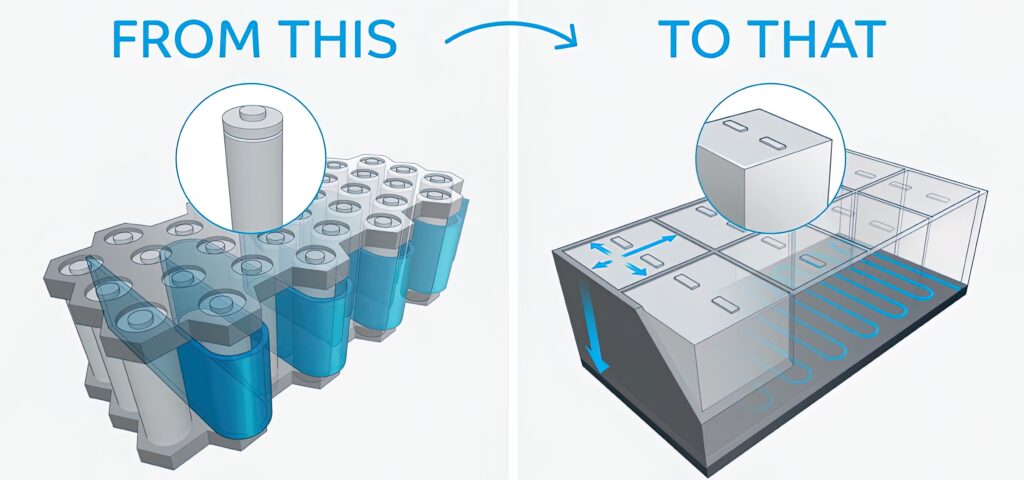
Engineers at materials firm SABIC have patented a design for a battery pack using cuboidal cells (writes Nick Flaherty). The cells are inserted into a structural backbone made from a thermoplastic, and could increase battery pack energy density by 20% or more, with 10% more cells compared to a pack using cylindrical cells , along with […] More…
AGRO explains importance of EMC-shielded cable glands

Like most small parts in complex vehicle systems, the glands that support, seal and protect the interfaces between HV cables and the components they link rarely receive the attention that the critical nature of the functions they fulfil perhaps ought to command (writes Peter Donaldson). AGRO’s EVolution EMC cable glands are a case in point, […] More…
GKN Automotive launches next-generation inverter
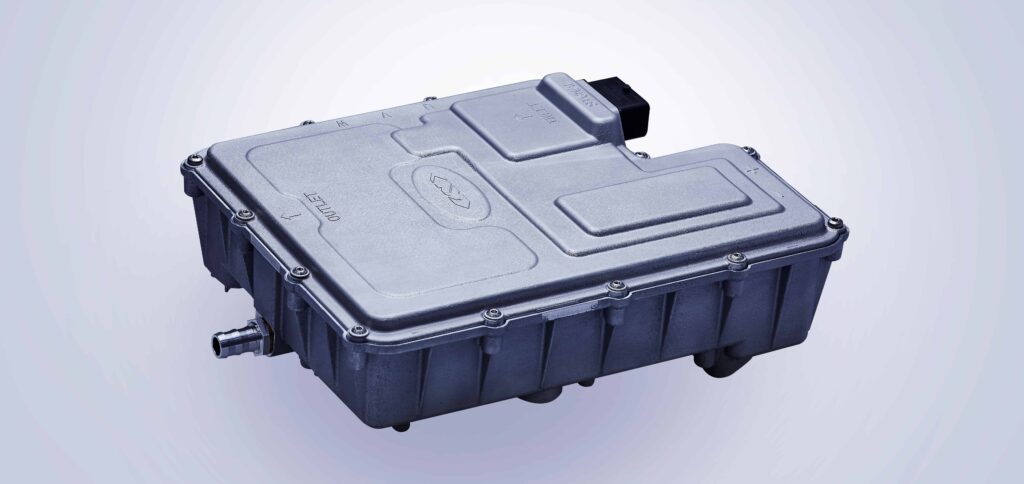
Drive systems supplier GKN Automotive has launched its next-generation inverter, offering OEMs what it says is the most advanced 800 V EV technology available. The inverter, one of three modular elements of GKN Automotive’s eDrive platform, offers a 20% power output increase over the previous version. In addition, power density is up by 50%, power-to-weight […] More…
VARTA and Breathe Battery Technologies combine to cut VARTA’s Easy Blade battery charging time
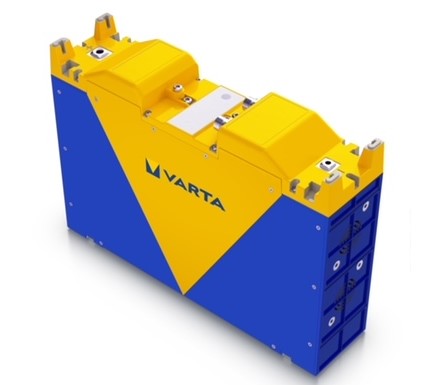
Battery manufacturer VARTA has partnered with Breathe Battery Technologies (BBT), which develops battery enhancement software, to cut the charging time of VARTA’s Easy Blade batteries and increase the amount of energy that can be stored in the cells. BBT’s Breathe Charge charging software has been applied to the lithium-ion based VARTA Easy Blade 48 V […] More…
Battery swapping, and the alternatives
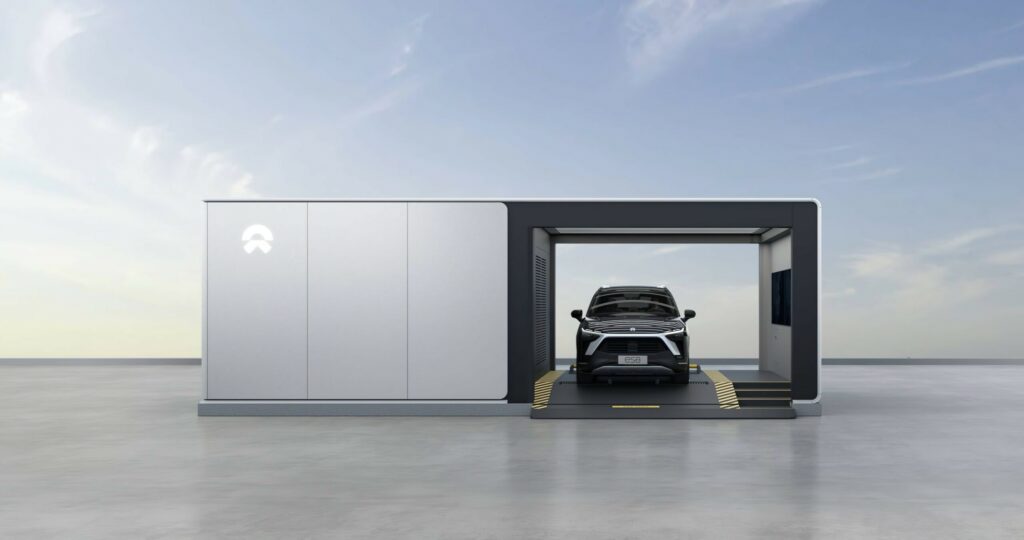
Whether you drive a single battery EV or operate a fleet of them, ensuring there is enough energy in the battery to complete the job in hand is bound to be a major concern (writes Peter Donaldson). The fact that there are different ways of charging, and that many vehicles can use more than one […] More…
Design unveiled for 800V inverter from Texas Instruments
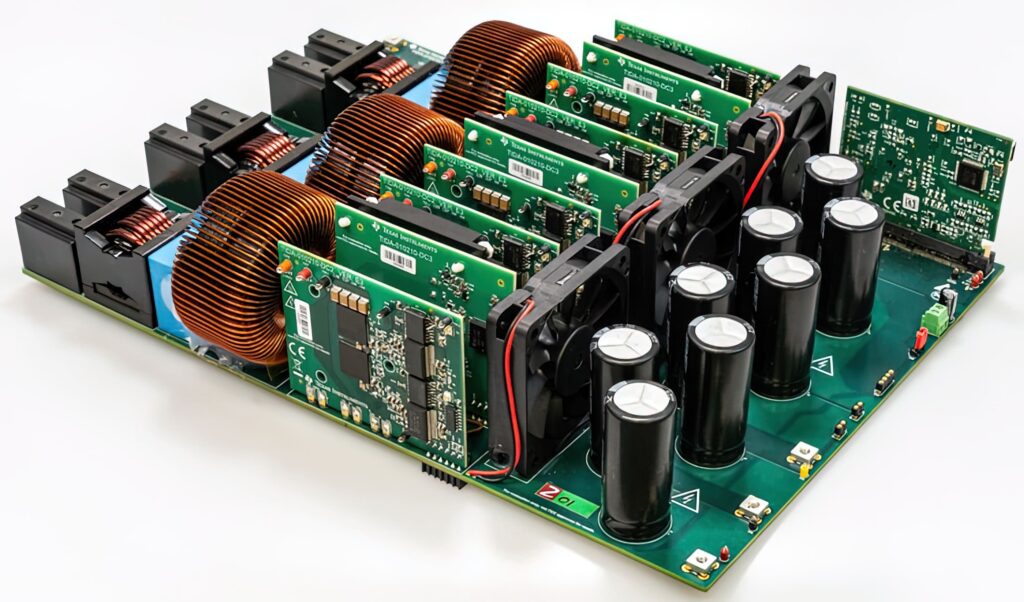
Texas Instruments has developed a reference design for an 800 V, 11 kW three-level, three-phase inverter using gallium nitride (writes Nick Flaherty). The inverter uses a 6.6 kW active neutral-point clamped (ANPC) inverter design with a 600 V LMG3422R030 GaN FET. This enables a switching frequency of 100 kHz to reduce the size of the […] More…
CATL launches cell-to-pack battery and claims highest integration level so far
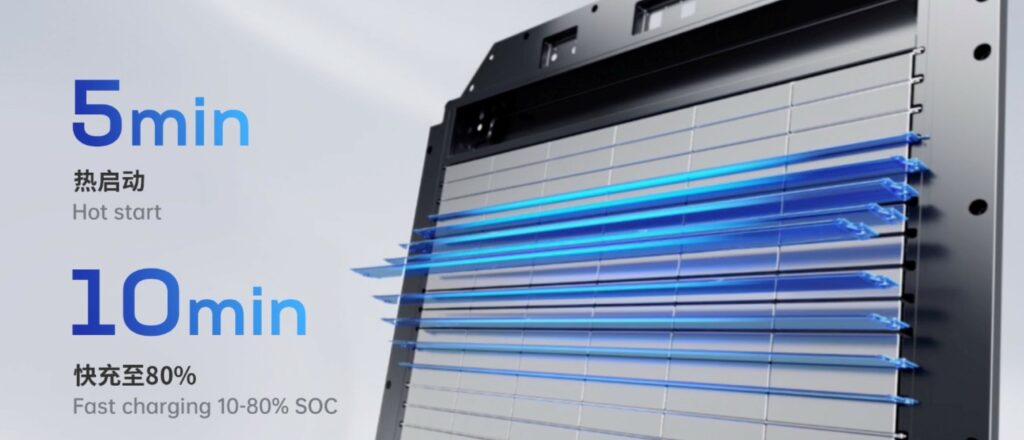
CATL has announced Qilin, the third generation of its cell-to-pack technology dubbed CTP 3.0. The company says it gives a volume utilisation efficiency of 72% and an energy density of up to 255 Wh/kg, to deliver a range of more than 1000 km. In the Qilin, which is named after a legendary creature in Chinese […] More…
Ferries to launch with fast charging
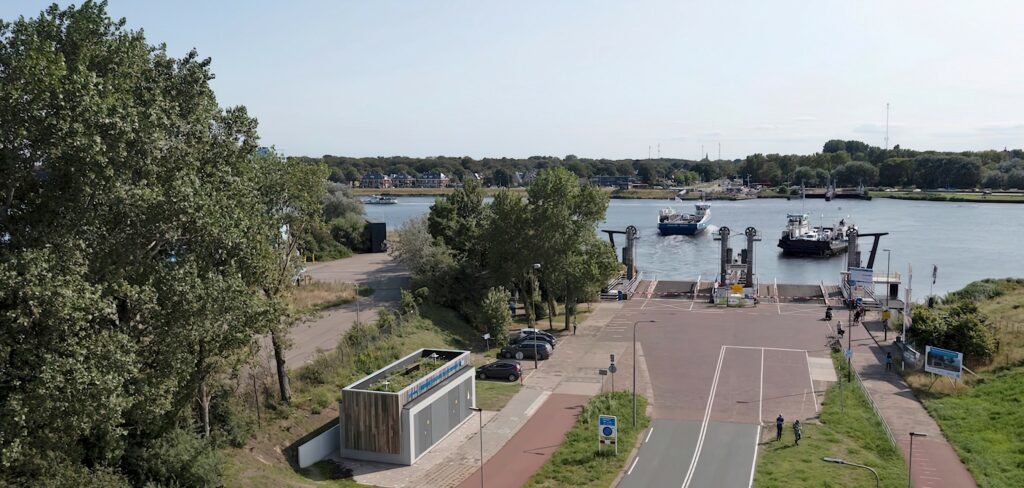
Five electric ferries are set to operate around the clock across the North Sea Canal in Amsterdam using a fast charging system developed by ABB (writes Nick Flaherty). They will replace a diesel-powered fleet that dates back to the 1930s, and will be used on three busy North Sea Canal routes that transport more than […] More…
Green-G ecarry
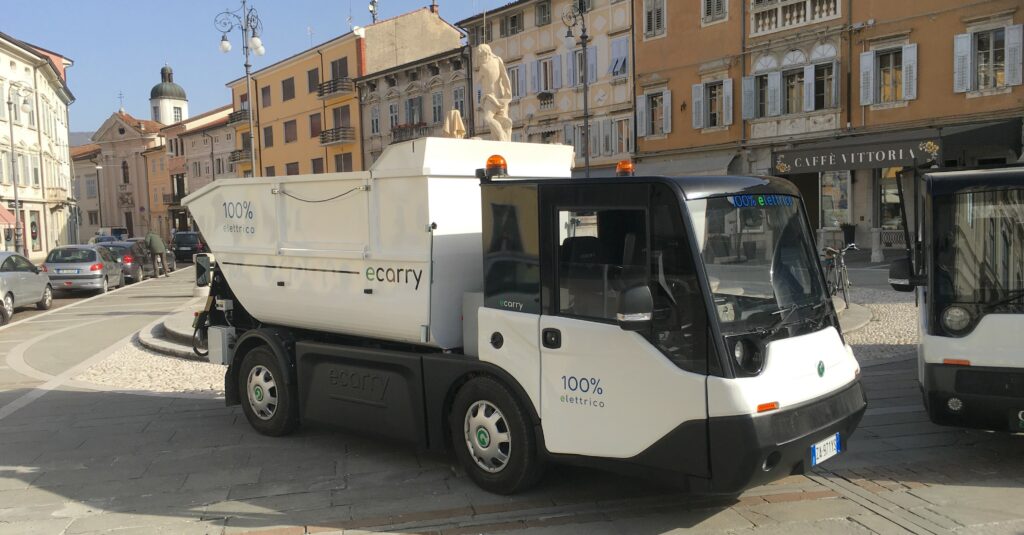
We investigate this custom-built EV for collecting refuse in the narrow streets of older town and cities The dangers of excess CO2, NOX and other greenhouse gases from refuse and freight trucks in populated urban centres makes it imperative to electrify such traditionally diesel-hungry vehicles. More…

